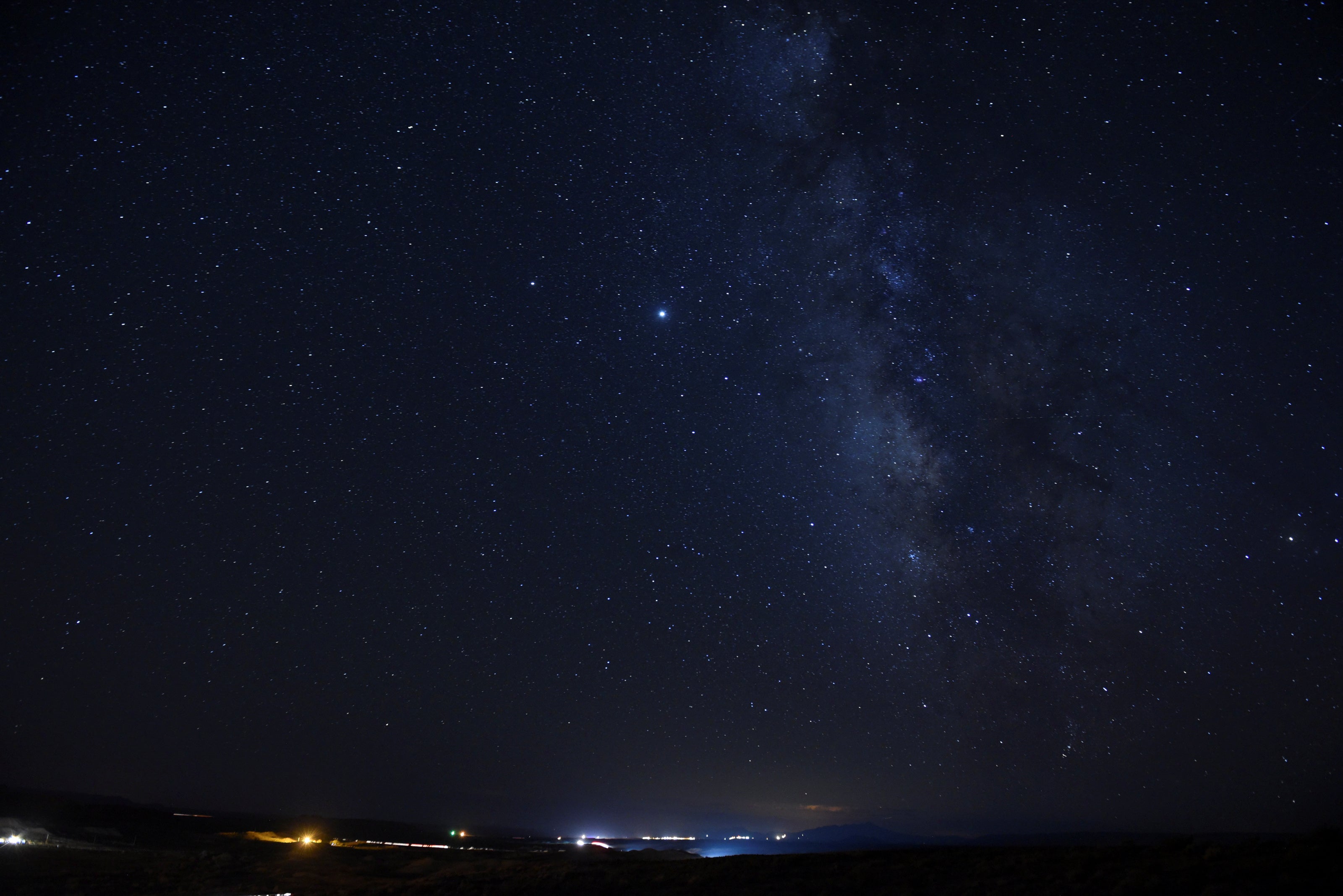Scientists get most detailed ever look at ‘warp’ of our galaxy – and find something unexpected

Scientists have got the most detailed ever look at the “warp” of our galaxy – and found themselves surprised by the results.
Our Milky Way is twisted around, like many of its fellow spiral galaxies throughout the universe. Some 50 to 70 per cent of spiral galaxies like ours have such a disc with a slight twist.
But it is difficult for scientists to examine the warp of our own Milky Way, given that we are stuck in the middle of it and can only see it from one perspective on Earth.
"Our usual picture of a spiral galaxy is as a flat disk, thinner than a pancake, peacefully rotating around its center," said Xinlun Cheng from the university of Virginia, who led the study. "But the reality is more complicated."
Instead, researchers have to work out its shape by looking at the position and movements of other stars right across the Milky Way.
Now, using detailed data of the positions and movements of objects in the night sky, they were able to build up a detailed picture of that warp – finding not only that it is twisted, but that the warp itself moves around the galaxy every 440 million years.
"Imagine that you are in the stands at a football game, and the crowd starts doing the wave," said Cheng.
"All you do is stand up and sit down, but the effect is that the wave goes all the way around the stadium. It’s the same with the Galactic Warp -- stars only move up and down, but the wave travels all the way around the Galaxy."
To build up that detailed picture, researchers had to gather together a host of information from different sources. That included the Apache Point Observatory Galactic Evolution Experiment (APOGEE), part of the Sloan Digital Sky Survey (SDSS), which has observed hundreds of thousands of stars within the Milky Way; that was combined with the European Space Agency (ESA)'s Gaia satellite which calculates the distance we are away from those stars in very precise detail.
That allowed them to create a full three-dimensional map of the Milky Way’s stars. That allowed them in turn to build up an understanding of the warp and how it travels.
As it moves around the galaxy – taking hundreds of millions of years to do so – individual stars move up and down. The new research gave a precise picture of that wave.
Researchers think that the wave began when our Milky Way interacted with a satellite galaxy and was disturbed in such a way that created a gravitational ripple that has moved through it ever since. That is thought to have happened about three billion years ago, which is relatively recent in galactic terms.

Join our commenting forum
Join thought-provoking conversations, follow other Independent readers and see their replies
0Comments